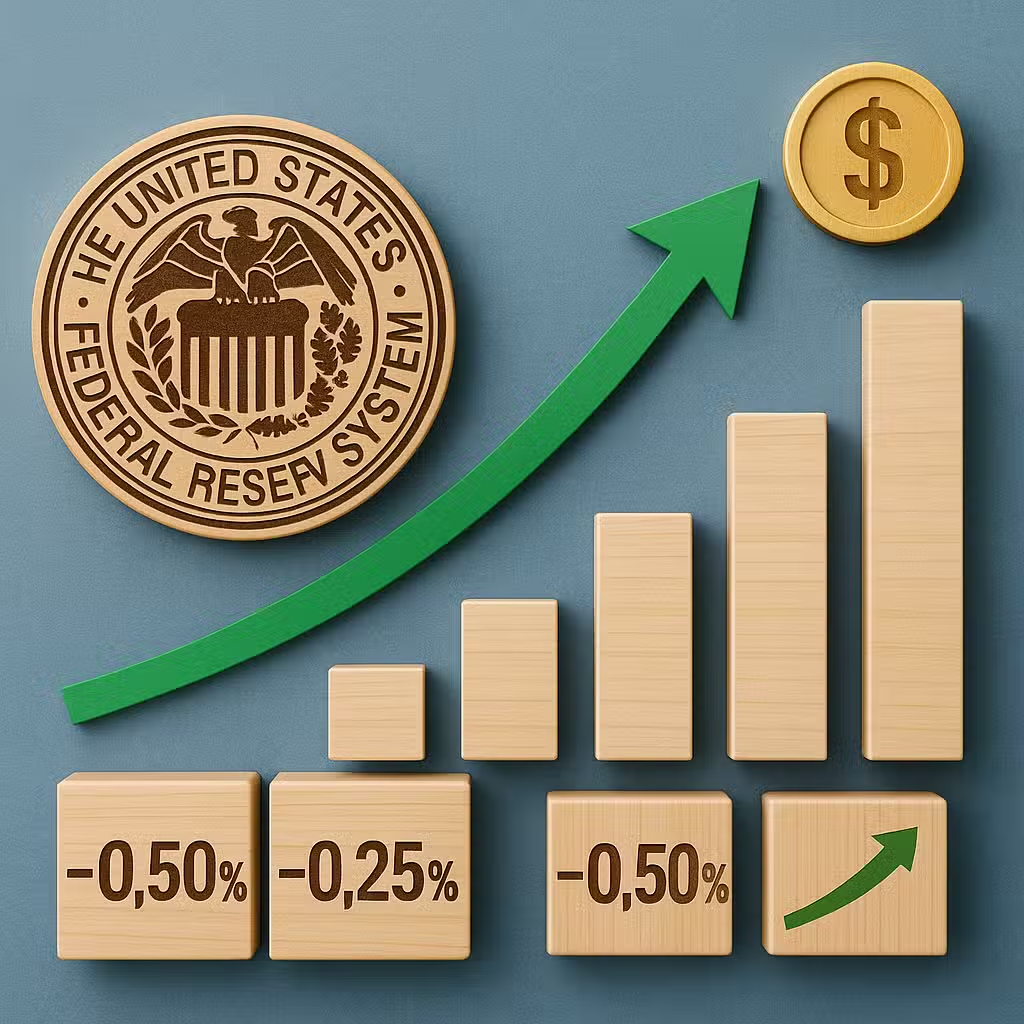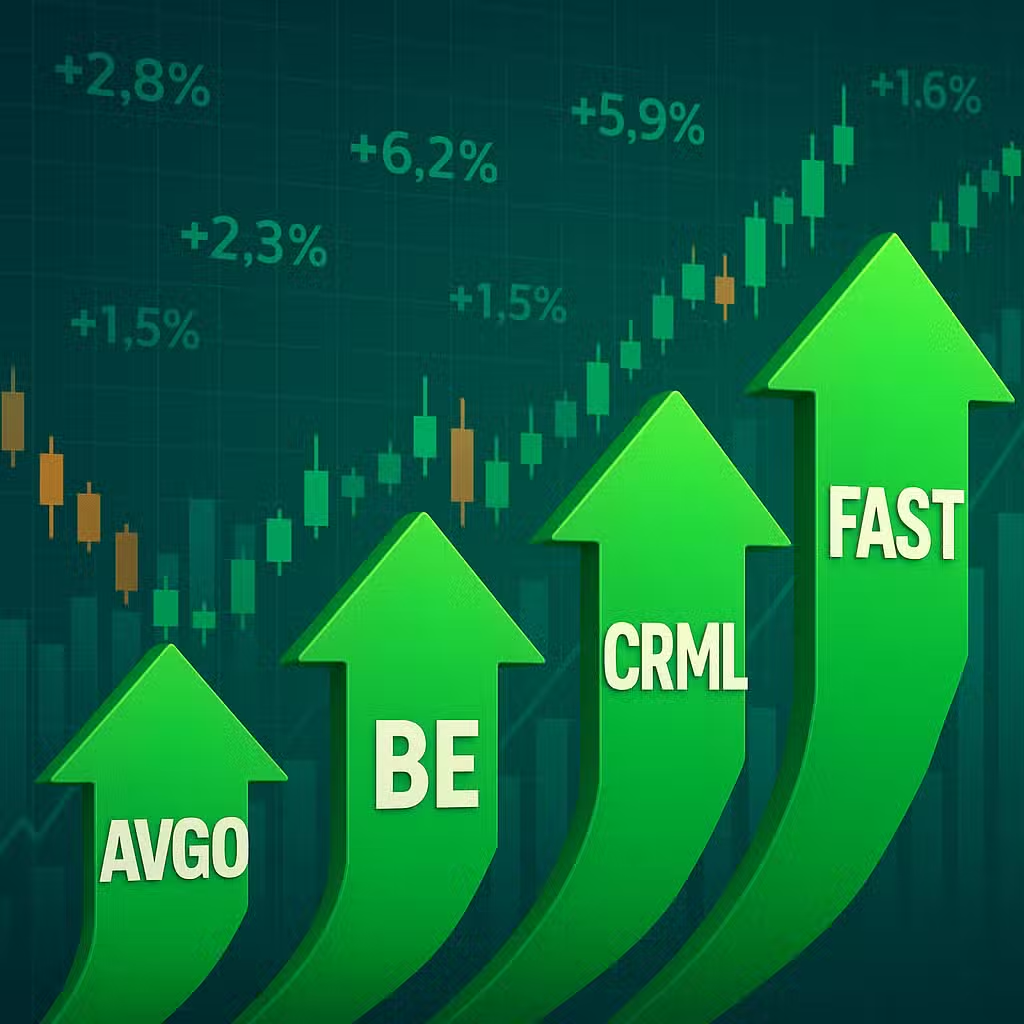Fed May Cut Rates by 0.25–0.50% in December, Easing Path for Investors
Think of the Federal Reserve like a driver steering a car down a winding road—sometimes, slowing down or speeding up is needed to keep everyone safe. Right now, the Fed is deciding how fast to tap the brakes on interest rates, and that matters for everyone’s money.
Why Investors Should Care
Interest rate changes by the Federal Reserve can make stocks, bonds, and even your savings account go up or down. When the Fed cuts rates, it’s usually trying to help the economy grow. But if they cut too much or too little, it can cause problems for investors and businesses alike.
What’s Happening Now?
Stephen Miran, a governor at the Federal Reserve, is calling for bigger interest rate cuts. He thinks a half-percent cut—double the usual size—would help protect the economy from slowing down. At the last two big Fed meetings, though, most officials chose smaller, quarter-point cuts instead.
- Miran wants at least a quarter-point cut, but prefers a half-point.
- Most of his colleagues have voted for smaller cuts, or none at all.
- Fed Chair Jerome Powell says another cut in December isn’t guaranteed.
There’s a lot of debate inside the Fed about what to do next. Some officials worry inflation is still too high, while others think job growth is slowing and needs support.
Bull Case: Why Bigger Cuts Could Help
- Jump-start Growth: Lower rates make it cheaper for people and companies to borrow money, which can boost spending and investing.
- Get Ahead of Trouble: Miran says the Fed should make decisions based on where the economy is headed, not just where it is now, because it takes time for rate changes to work their way through.
- Labor Market Worries: Some data shows the job market is getting weaker, which could mean trouble ahead if the Fed doesn’t act quickly.
According to the U.S. Bureau of Labor Statistics, job growth slowed to 150,000 new jobs in October, down from an average of 258,000 per month earlier in the year. This slowdown is one reason some officials want bigger cuts.
Bear Case: Why Caution Might Be Safer
- Inflation Still High: Some Fed members worry that cutting rates too much could make prices rise even faster, hurting everyone’s buying power.
- Mixed Signals: Not all the economic data is clear, partly because of recent gaps in government reports. Making big moves with little information could backfire.
- Past Lessons: In the 1970s, the Fed cut rates too quickly and ended up fueling runaway inflation, which took years to fix. You can read more about that period here.
Right now, markets think there’s about a 63% chance the Fed will cut rates again in December, but that chance has been shrinking, according to the CME FedWatch tool.
Investor Takeaway
- Check Your Mix: If rates go down, stocks could get a boost, but savings accounts and new bonds may pay less. Make sure your portfolio matches your goals.
- Watch for Surprises: The Fed is divided, so markets could react sharply to any unexpected news.
- Stay Diversified: Uncertainty about rates means spreading your investments out can help protect you from big swings.
- Look for Opportunities: If the Fed does cut rates more than expected, sectors like tech and homebuilding often benefit first.
- Stay Informed: Keep an eye on key data like jobs and inflation to help anticipate the Fed’s next move.
For the full original report, see CNBC






